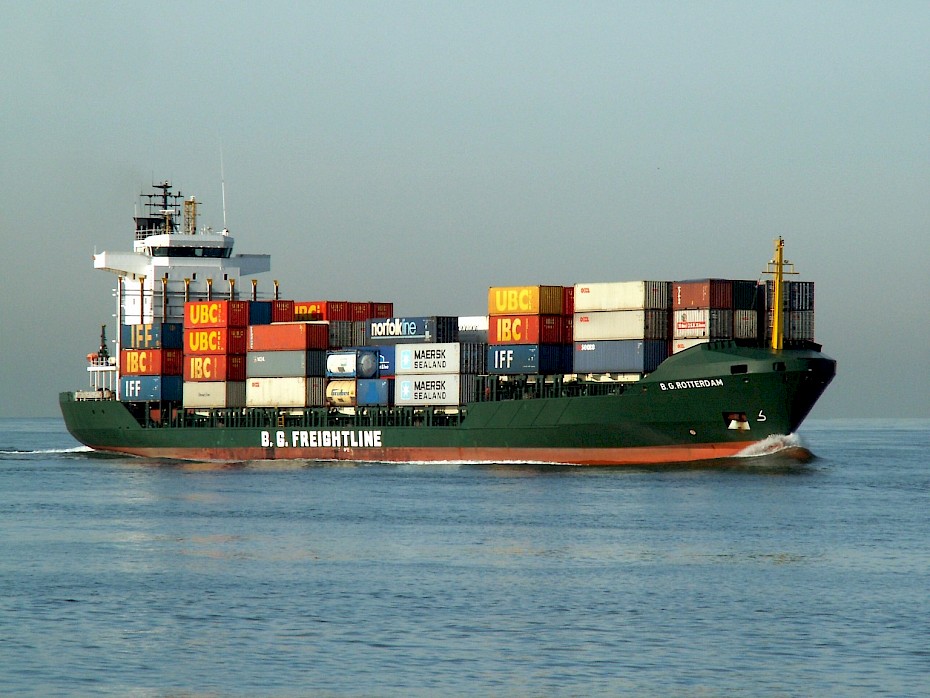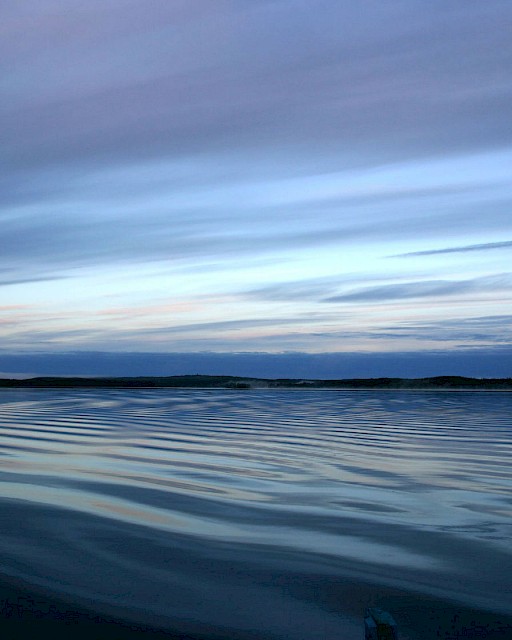Region II: Greater North Sea
The Greater North Sea is one of the busiest maritime areas. Offshore activities related to the exploitation of oil and gas reserves, and maritime traffic are very important. Two of the world's largest ports are situated on the North Sea coast, and the coastal zone is used intensively for recreation.
The Greater North Sea is situated on the continental shelf of north-west Europe. It opens into the Atlantic Ocean to the north and, via the English Channel to the south-west, and into the Baltic sea to the east. The Greater North Sea (including its estuaries and fjords) has a surface of about 750 000 km2 and a volume of about 94 000 km3, with depths not exceeding 700 m. The seabed is mainly composed of mud, sandy mud, sand and gravel. The variety of marine landscapes is important: fjords, estuaries, sandbanks, bays, or intertidal mudflats.

The Greater North Sea is surrounded by densely populated, highly industrialised countries (Belgium, Denmark, France, Germany, the Netherlands, Norway, Sweden and United Kingdom). Major activities in the North Sea include fishing, the extraction of sand and gravel, and offshore activities related to the exploitation of oil and gas reserves including the laying of pipelines. The North Sea is one of the most frequently traversed sea areas of the world with two of the world's largest ports situated on its coasts (Rotterdam and Hamburg), and the coastal zone of the Greater North Sea is used intensively for agriculture and recreation.
The Greater North Sea is situated in temperate latitudes with a climate that is strongly influenced by the inflow of oceanic water from the Atlantic Ocean and by the large scale westerly air circulation which frequently contains low pressure system. Extreme weather conditions have a direct impact on hydrography, which is characterised by water exchange with surrounding ocean areas, and strong tides.
Biological systems in the Greater North Sea are rich and complex. Approximately 230 species of fish are known to inhabit the area. Some 10 million seabirds are present at most times of the year. Marine mammal species occur regularly over large parts of the North Sea including long-finned pilot whale, harbour porpoise, common dolphin, white-sided dolphin, Risso's dolphin, killer whale, grey seal, harbour seal, hooded seal.

